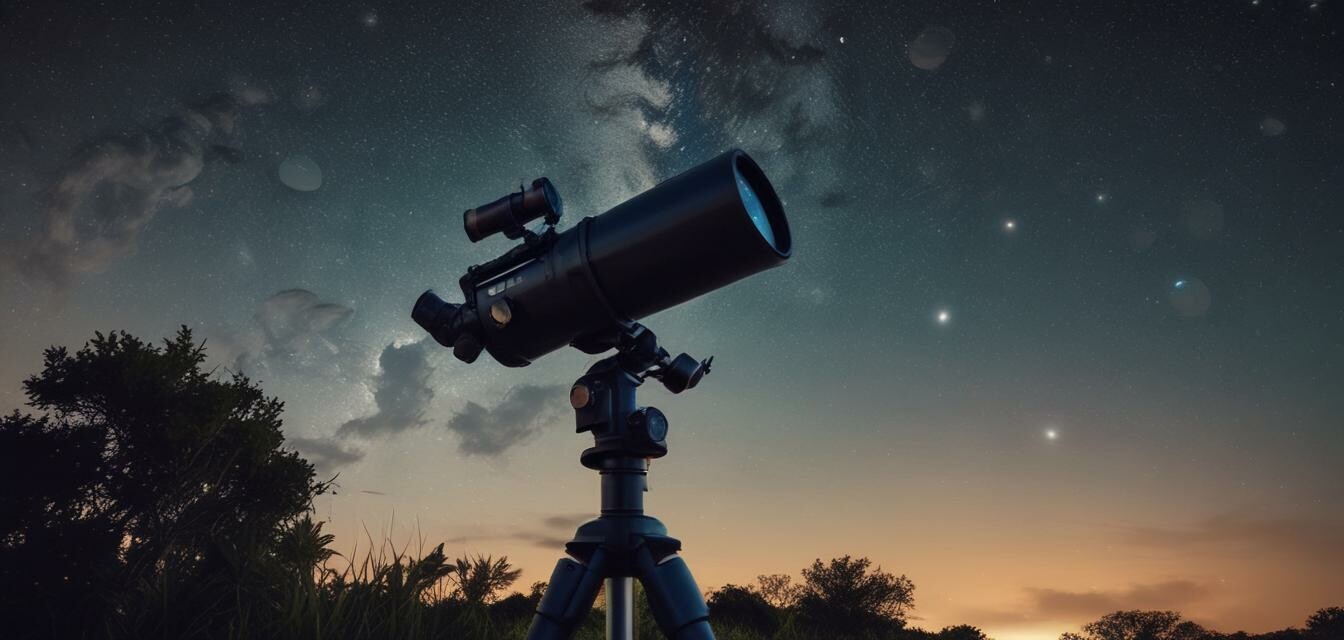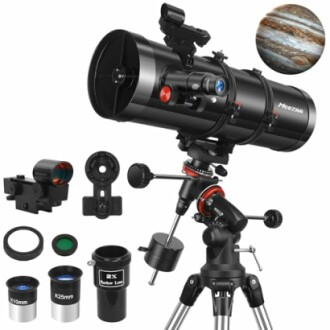
Using Smartphone Adaptors for Better Planet Photos
Key Takeaways
- Smartphone adapters allow you to capture high-quality images of planets through telescopes.
- Understanding the setup and alignment is crucial for the best results.
- Techniques for stabilizing the shot and optimizing camera settings can significantly enhance photo quality.
In recent years, the world of astronomy has become more accessible thanks to the wonders of technology. One such advancement is the use of smartphone adapters with telescopes, enabling both amateur astronomers and enthusiasts to capture stunning photographs of planets. In this guide, we will explore how to effectively use smartphone adapters, the benefits they offer, and tips for photographing celestial bodies.
What is a smartphone adapter?
A smartphone adapter is a device that connects your smartphone to a telescope eyepiece. This combination allows you to take photos or videos through the telescope, capturing distant celestial objects in rich detail. Such adapters are perfect for stargazers who want to share their observations with friends, family, or on social media.
Benefits of using smartphone adapters
- Accessibility: With a smartphone adapter, anyone can enjoy astrophotography without needing expensive equipment.
- Portability: Smartphones are lightweight and easy to carry, making them ideal for stargazing on the go.
- User-friendly: Most apps offer simple interfaces for taking photos and recording videos, making the process straightforward.
How to set up your smartphone adapter
Installing a smartphone adapter is typically a straightforward process. Here’s a step-by-step guide:
- Attach the smartphone adapter to the telescope's eyepiece.
- Secure your smartphone in the adapter, ensuring the camera lens aligns with the telescope's eyepiece.
- Open your preferred camera app and adjust settings for the best exposure and focus.
Essential tips for capturing planetary images
To achieve stunning photographs of planets, consider the following tips:
Tips for Better Photos
- Use long exposure settings for capturing more light.
- Utilize a sturdy tripod to reduce camera shake.
- Experiment with various camera settings to find what works best.
- Try using a smartphone application designed for astrophotography.
- Take multiple shots and choose the best one for editing.
Choosing the right telescope and adapter
Not all telescopes work equally well with smartphone adapters. To find the right gear, consider the following:
| Telescope Type | Compatibility | Recommended Adapter |
|---|---|---|
| Refractor Telescopes | High compatibility with many adapters | Universal Smartphone Adapter |
| Reflector Telescopes | May require specific adapters | Reflector Adapter |
| Catadioptric Telescopes | Check brand specifications | Catadioptric Adapter |
Recommended products for astrophotography
For those interested in getting started, here are some product recommendations:
150EQ Reflector Telescope
This telescope is designed for adults and astronomy beginners, featuring an equatorial mount, 2X Barlow lens, and moon filter for clearer images.
Learn MoreEditing your photos
After capturing your planetary images, editing is essential to enhance their quality. Here are some basic steps to get you started:
- Import the images to editing software or applications.
- Adjust brightness and contrast to bring out finer details.
- Crop the image to remove unnecessary parts and focus on the planet.
- Consider adding filters or tools to enhance colors and textures.
Common issues and troubleshooting
Here are some common problems you may encounter and how to solve them:
| Issue | Solution |
|---|---|
| Blurry images | Ensure the smartphone is securely mounted and the focus is adjusted properly. |
| Camera shake | Use a tripod and enable any stabilization settings in the camera app. |
| Poor lighting | Use long exposure settings and ensure adequate ambient light when taking photos. |
Conclusion
Using smartphone adapters for capturing planetary photos through telescopes combines technology and passion for astronomy. With the right technique and gear, anyone can take stunning images of the night sky. Follow this guide, invest in good equipment, and explore the wonders of the cosmos from your backyard.
